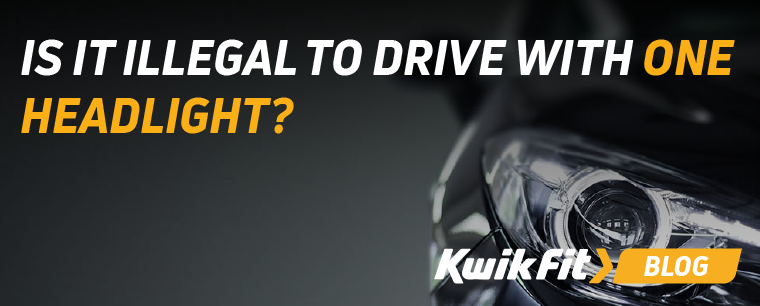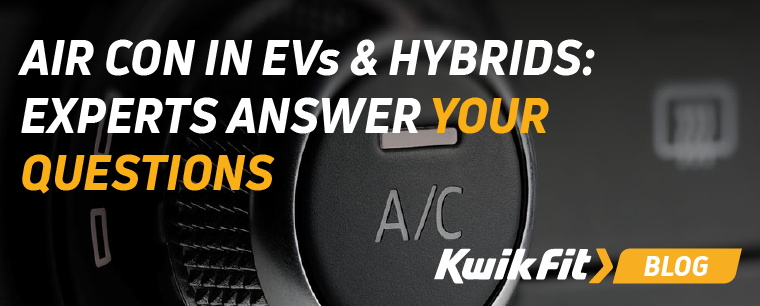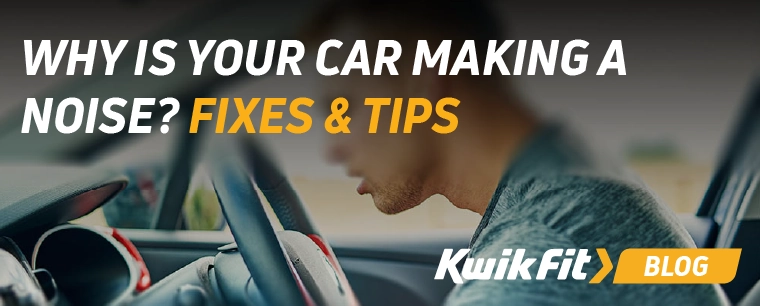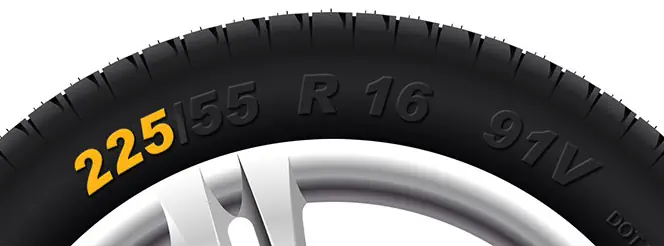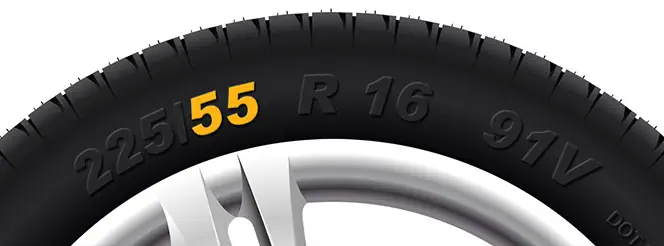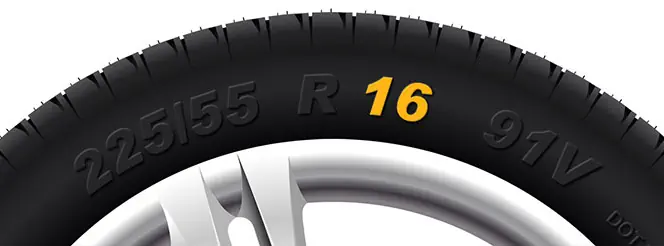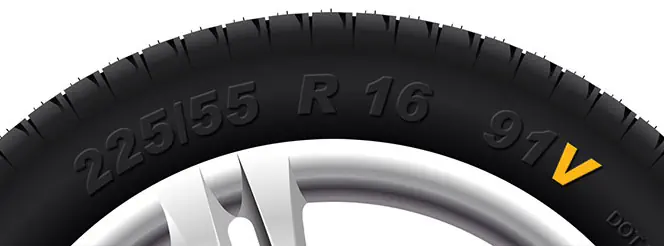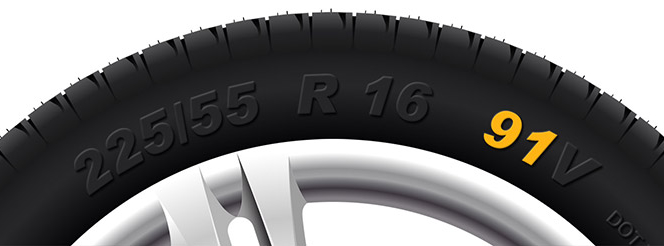What Are the Quietest Car Tyres?
Jack Dreyer | Friday 8th December 2023 8:00am
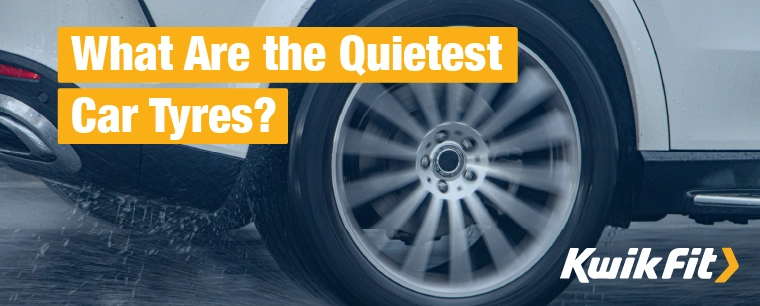
If you’ve ever walked by or stood next to a busy road, you may have noticed that different car tyres produce different levels of noise.
In fact, even the same tyre in different conditions can create different noises. And, sometimes, noises from your tyres might indicate a problem. For example, if your tyres suddenly start making a thundering or thumping noise, it’s likely that they have taken some structural damage and you need to pull over.
Other noises, like squeaking, might simply indicate that you are taking corners too fast – in which case, the problem may be in your driving style. But it’s also true that, at a base level, different tyres from different manufacturers can vary in loudness.
In this blog, we investigate car tyre noise, what causes it, and which tyres on the market are the quietest. Read on for more.
How noisy are my tyres?
Curious about the sounds your own tyres make? Well, if there are any unusual sounds (such as squeaking or grinding) coming from your wheels, we recommend you pop down to your local Kwik Fit to resolve the issue. If it’s road noise you’re after, you’ll need to look at the label.
“Exterior noise” and EU tyre labelling
If you want to find out how loud the tyres you want to purchase are, you should look for the EU tyre label. It looks like this:
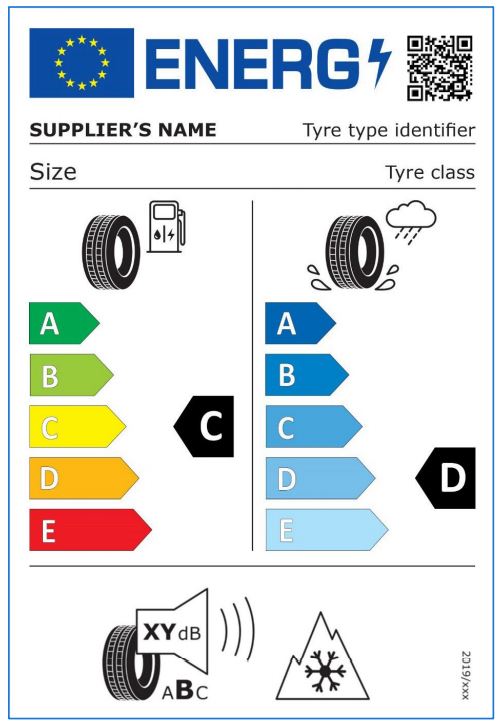
The New 2021 EU Tyre Label
Three key areas of tyre performance are assessed and the results are displayed on every tyre you buy. Tyres are assessed on:
- Rolling resistance. This is fuel economy.
- Wet grip. This is their wet condition performance.
- Exterior noise. This refers to the overall volume of the tyre.
Exterior noise levels are measured and shown in decibels (dBs), alongside a rating of A-C. On this scale, A is the best (quietest) and C is the worst (loudest). A rating of C meets the current legal limit, B meets future laws, and A is another 3dBs below that.
It’s important to keep in mind that the noise measured is strictly external, and not the sound the driver will experience sitting in the cabin. But, as a general rule of thumb, a tyre with a quieter external noise rating will also tend to be quieter inside the cabin too.
Why opt for quiet tyres?
There are plenty of reasons why drivers may prefer to opt for quieter tyres — and why tyre manufacturers single out road noise as a metric to reduce. Take a look at the following list for some examples:
- Driving experience. Lower noise levels from the road contribute to the overall driving experience, especially inside the cabin, allowing for reduced stress and a calmer, smoother drive feel.
- Concentration. Noisy tyres can be heard from inside the cabin, subtly contributing to how distracted a driver is. Remove road noise from the equation and you have a much more focused environment to improve concentration on the road.
- Vehicle performance. It’s not all about the noise. In fact, many quiet tyres also target areas such as vehicle handling and fuel efficiency.
- Environmental factors. Quiet tyres pose less disruption to the environment and surrounding area. You know that whooshing noise you hear from a far-off road? Imagine if all those vehicles were fitted with quieter tyres…
What makes a tyre quiet?
Other than added dampeners, what is it exactly that makes a tyre so quiet?
Well, the rubber itself has a huge contribution to how loud a tyre gets because it’s the friction between the road and the tyre that causes the sound. Summer tyres are made with harder rubber so that it doesn’t get too soft when it warms up. Because they’re harder, there’s less friction with the road (less ‘rolling resistance’) which means that they’re more fuel-efficient and quieter.
Conversely, with winter tyres, the rubber is made to be much softer so that they don’t get too rigid and crack in cold temperatures. As a result of this softness, however, they make more contact with the ground as they conform to the shape of the road. An unwanted byproduct is that, as you get more friction, you get more noise. But there’s no compromising safety, and this is something you actually want in wet weather: the more contact with the ground, the better!
What are the best quiet tyres?
Now you know how to find out a tyre’s external noise, and what causes this noise, let’s look at some of the quietest tyres on the market.
1.) Pirelli Noise Cancelling Tyres
It’s in the name! Pirelli originally designed these tyres for the Audi Group with noise in mind - and they’ve since expanded the collection to fit a range of cars and sizes.
While we mentioned earlier that, with EU tyre labelling, noise measured is strictly externally, tyres with the Pirelli Noise Cancelling System meet the mark internally as well.
As well as being graded an A externally, noise in the cabin is also dampened through an innovative technology that reduces the vibrations that go through the steering wheel and into the cabin.
2.) Hankook Ventus
Hankook’s Ventus range features a noise-absorbing polyurethane foam inlay sheet on the inside of the tyre that significantly reduces interior noise. It’s also rated A for exterior noise, making this tyre perfect for a quiet drive.
3.) Continental ContiSilent
Similarly, Continental’s ContiSilent uses a foam inlay that’s able to reduce tyre noise by up to 9dB. This may not seem like much but the decibel system is exponential, which means that every 10dB louder is heard as a doubling in volume. Conversely, Continental’s reduction of 9dB means it almost halves the internal tyre noise.
Need help choosing tyres?
If you need help choosing tyres, quiet or not, get in touch with your local Kwik Fit centre where our experts are always on hand to help out! Or, read through our tyre buying guide for more information.
Any facts, figures and prices shown in our blog articles are correct at time of publication.
Featured Articles
Is it Illegal to Drive With One Headlight?
Saturday 19th July 2025
Wondering if it’s illegal to drive with one headlight? Learn about the safety risks and penalties of illegal blown bulbs and why you should fix them promptly.
Air Con in EVs & Hybrids: Experts Answer Your Questions
Monday 30th June 2025
Does air con drain EV batteries? Can you use the air con while charging an electric car? Find out the answers to these questions & more from Kwik Fit’s experts.
Why Is Your Car Making a Noise? Fixes & Tips
Friday 13th June 2025
When your car starts making unexpected noises, it can certainly be quite disconcerting; it may be nothing to worry about, but here’s what you need to know.


